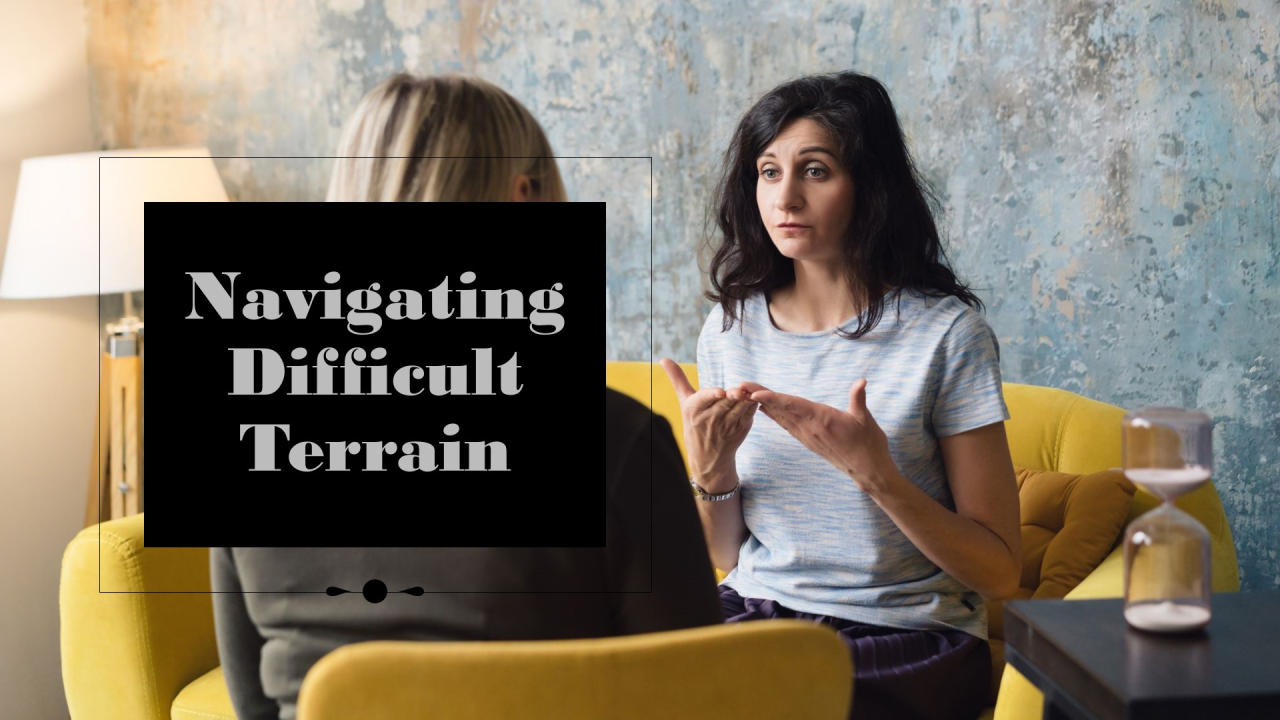Let’s Trade Diversity and Equity for Relationship Equity
In today’s professional and social arenas, the buzzwords “diversity” and “equity” often dominate conversations and more recently have proven to be filled with negative effects. It’s time to shift the conversation toward a more transformative and impactful concept: Relationship Equity.
What Is Relationship Equity
Relationship equity focuses on the value of connections and the mutual benefits derived from them. Unlike the transactional or compliance-driven nature of some diversity and equity initiatives, relationship equity emphasizes shared respect, understanding, and reciprocity. It’s about creating environments where all participants feel valued because their voices are genuinely heard, their contributions are recognized, and their humanity is affirmed.
Imagine a workplace or community where the emphasis is not just on meeting quotas but on building bridges of trust, empathy, and collaboration. This is the essence of relationship equity.
Why Move Beyond Traditional Frameworks?
Traditional diversity and equity efforts often concentrate on structural adjustments—policies, training, and metrics. While these are essential, they can sometimes miss the human element. Relationship equity fills this gap by fostering deeper connections that go beyond surface-level representation or formalized inclusion.
For instance, a company might implement a diversity hiring policy, but if those hires feel isolated or undervalued, the effort falls short. Relationship equity ensures that inclusion is not just about presence but about participation and partnership. It shifts the focus from what people are (their identity categories) to what people offer (their unique experiences, talents, and perspectives).
The Building Blocks of Relationship Equity
To cultivate relationship equity, organizations and individuals must prioritize:
- Active Listening: Engage with people in a way that values their insights and lived experiences.
- Empathy: Seek to understand others’ perspectives without judgment or assumptions.
- Reciprocity: Build relationships that are mutually beneficial, ensuring a fair exchange of support and opportunity.
- Trust: Create environments where people feel safe to express themselves authentically.
- Continuous Investment: Like financial equity, relationship equity grows with consistent attention and nurturing.
The Ripple Effect of Relationship Equity
When relationship equity becomes the cornerstone of an organization or community, the benefits extend far beyond the individuals involved. Teams become more collaborative, productivity rises, and innovation thrives. More importantly, people feel a sense of belonging that transcends organizational mandates or societal pressures.
For example, consider a mentorship program. A mentor-mentee relationship rooted in relationship equity isn’t just about transferring skills or knowledge. It’s about creating a dynamic where both parties learn, grow, and benefit from the relationship. The mentor gains fresh perspectives, while the mentee feels supported and empowered.
Moving Forward: The Call to Action
As we navigate an increasingly complex and interconnected world, it’s clear that focusing solely on diversity and equity isn’t enough. We must elevate the conversation to include relationship equity—an approach that enriches the human experience and fosters authentic inclusion.
So, let’s trade the checklists and mandates for deeper, more meaningful connections. Let’s invest in relationships that empower individuals and transform communities. Because when we prioritize relationship equity, everyone wins.
Esek Minds has been doing this work for 20 years, providing the methodology, process, and training for integrating Relationship Equity in any company or organization.



